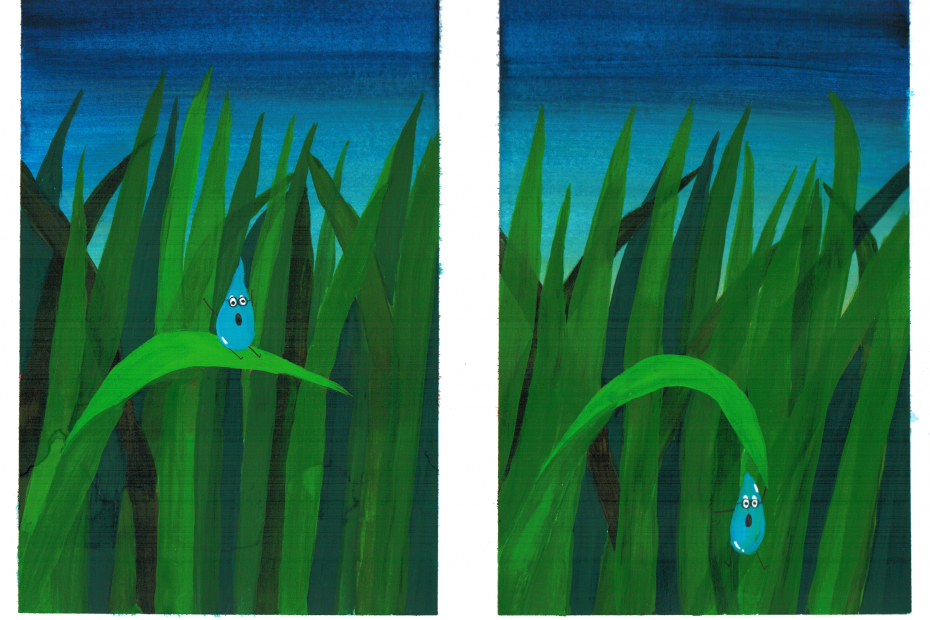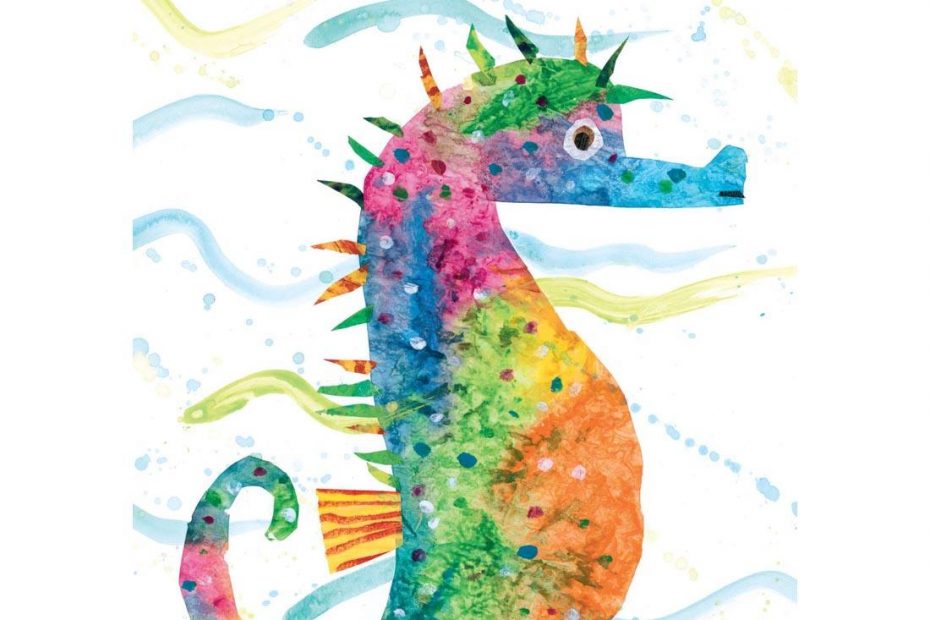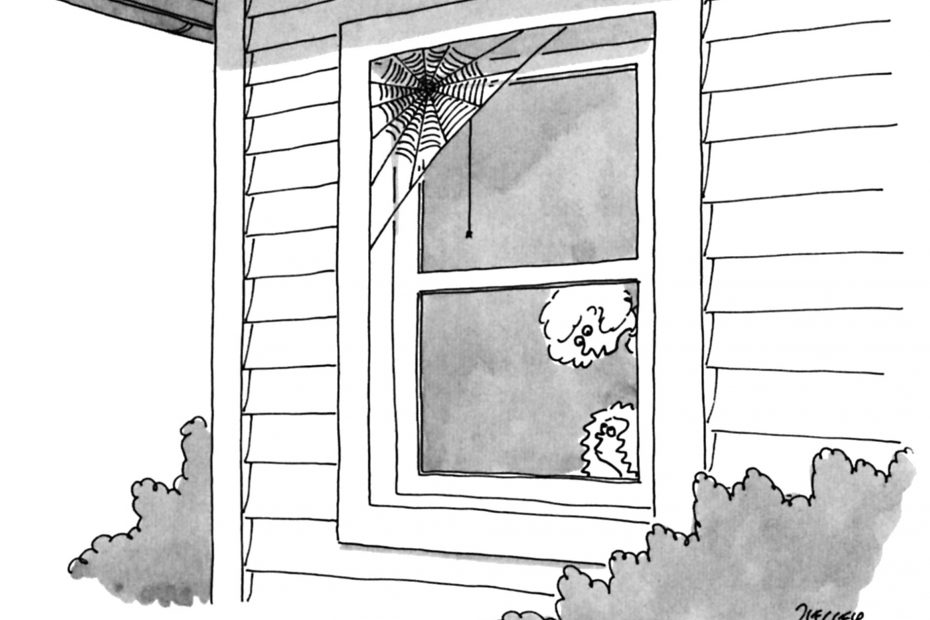Free eBook- Augario’s Adventures in Evaporating
By Allison Choi, illustrations by Kirsten Malsam | Anthropomorphizing to explain nature need not, indeed should not, be limited to explaining nonhuman animals. Even the elusive chemistry in evaporative cooling can become intuitively understood by children, if only we bring that chemistry alive — as Allison Choi and Kirsten Malstem’s story clearly illustrates.



